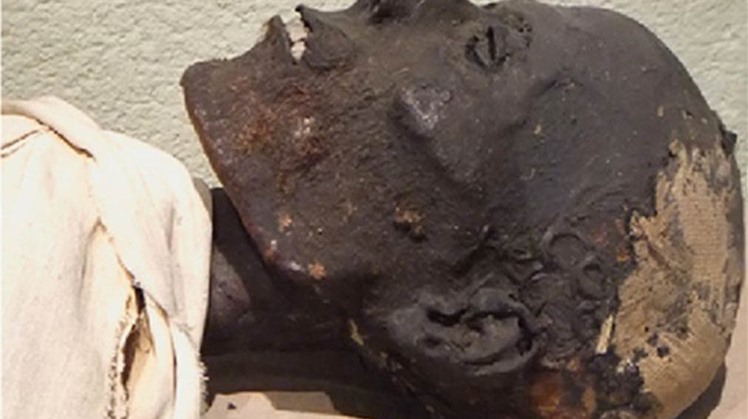Researchers tried to find a way to map the origins of ancient Egyptian mummification materials, including the substance that causes the deep black color of the skin of many mummies, but the study does not mention whether these Egyptians have naturally dark skin or not? But according to the most recent high-tech analysis, the deep black skin of many Egyptian mummies does not come solely from tar, according to ancient-origins.
A team of French researchers recently published a new research article in ACS Analytical Chemistry on a new method other than penetrating ancient Egyptian skin analysis by focusing on "embalming bitumen" that gives mummies their darker skin.
Lead author Professor K.A. Clark of the University of Bristol said that mummification was practiced in ancient Egypt for more than 3,000 years. Researchers discovered that the use of organic analgesics was a later precursor to burial customs, necessitated by wetter burial environments, especially in underground cemeteries.
The French team analyzed 39 mummies dating from 3200 BC to 395 AD and their study showed how petroleum-based bitumen (or natural asphalt) caused the dark Egyptian skin color of many mummies. They state in their study that "bitumen was used in 50% of the mummies of the modern era to the late age, and it rose to 87% of the mummies of the Ptolemaic period."
They concluded that the application of the dark brown / black analgesic to the bodies “was deliberate after the New Kingdom era, reflecting changing funerary beliefs and shifts in religious ideology”.
The embalming material used by the ancient Egyptians was a complex mixture of natural compounds such as “sugar gum, beeswax, fats, coniferous resins, and variable amounts of bitumen.” Bitumen is known as asphalt, or tar in general, and is a very viscous form of black oil made from plants. And fossil algae.
 Sun, Dec. 20, 2020
Sun, Dec. 20, 2020